Tackling the enigma of phobia development in childhood, we delve into causes, impacts, and management strategies for these irrational fears.
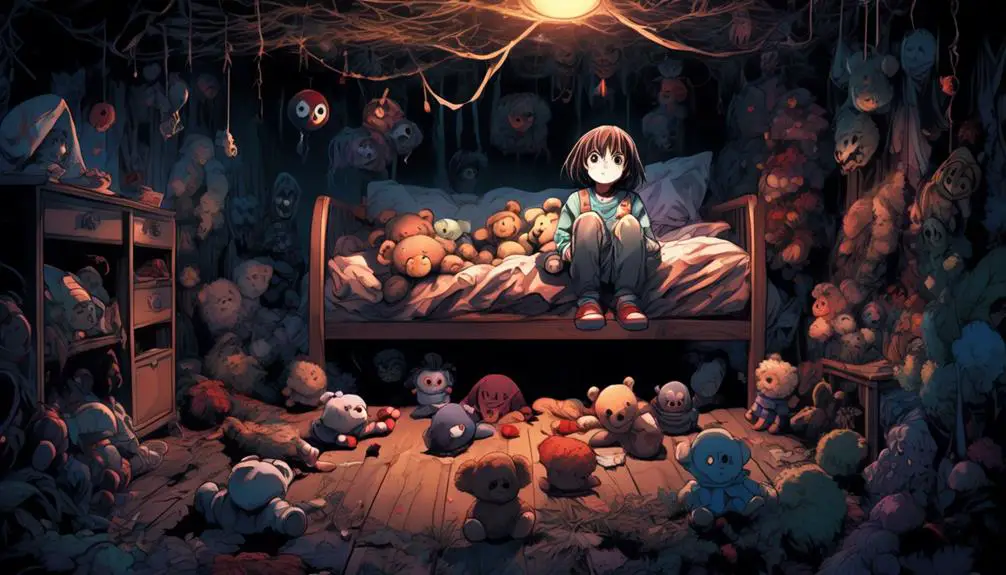
Phobia Development in Childhood
Ah, childhood, that magical time when you're certain a monster resides under your bed and entering a dark room is akin to stepping onto an alien planet.
But let's be serious, you're here because you're curious about phobia development during these tender years.
It's an intriguing and complex topic that delves into the intricate web of a child's developmental psychology.
You're about to embark on a journey to understand what causes these irrational fears, their potential impact, and strategies that can be used to manage them.
So buckle up, because in this exploration, the only thing you should fear is fear itself.
Key Takeaways
- Childhood phobias can develop from traumatic experiences, learned fears, or imagination.
- Phobias can be specific to situations, objects, or abstract concepts.
- Phobias can cause significant distress and disrupt a child's daily routine.
- Parents and caregivers play a crucial role in helping children navigate their fears.
Understanding Childhood Phobias
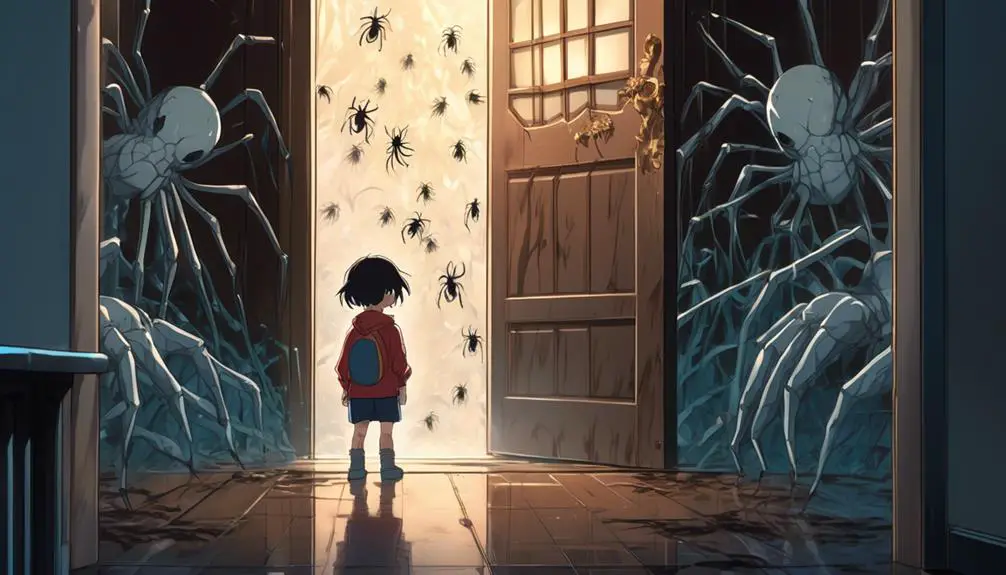
To fully grasp the concept of childhood phobias, it's imperative to delve into the intricacies of how these intense fears develop and impact a child's everyday life. Phobia origins can be complex, often rooted in traumatic experiences, learned fears from caregivers, or even the child's own imagination.
Picture a toddler encountering a barking dog for the first time or a preschooler watching a scary scene on TV. These experiences can trigger an intense, irrational fear that persists, even as they grow older.
Phobia classification, on the other hand, requires a keen understanding of the diverse nature of these fears. It's not just about spiders or the dark. Your child might fear specific situations like going to school (Didaskaleinophobia), certain objects like buttons (Koumpounophobia), or abstract concepts like time (Chronophobia). Each phobia, unique in its manifestation, demands a tailored approach for effective management.
Remember, it's not about labeling your child with a disorder. Rather, it's about understanding their fears, empathizing with their experiences, and recognizing the impact these phobias have on their lives. Phobias aren't just 'childish fears'. They can cause significant distress, disrupting your child's daily routine and affecting their overall well-being.
As a parent or caregiver, your role is crucial. You must take the time to understand the origin and classification of your child's phobia. It's challenging, yes, but by doing so, you're helping your child navigate their fears, fostering resilience, and promoting their mental health. That's the first step in understanding childhood phobias.
Common Phobias in Children
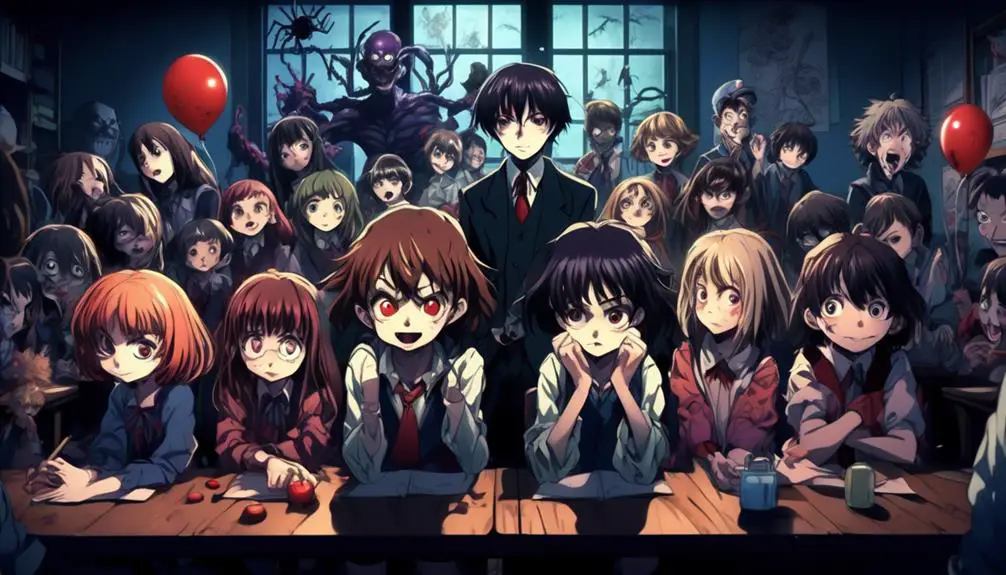
Now that you have a better understanding of the origins and classification of childhood phobias, let's take a closer look at some of the most common fears children often grapple with. The fear origin for most children can be traced back to traumatic experiences, environmental factors, or genetics.
Firstly, acrophobia, or fear of heights, is a common phobia in children. This fear can stem from a traumatic experience, such as a fall, or simply from the natural instinct to avoid high places for safety.
Next, we've arachnophobia, the fear of spiders. This fear could be due to a scary encounter with a spider or from observing an adult's phobia. Mysophobia, the fear of germs, is another prevalent phobia in children, which can be triggered by parents' excessive cleanliness habits or after a child has been sick.
In the realm of social phobias, school phobia and fear of public speaking often take the lead. The fear origin in these cases can be a stressful event, ongoing bullying, or academic pressure.
Phobia diagnosis in children is critical, as it helps in early intervention and treatment. It involves understanding the child's fear origin, observing behavior, and sometimes, conducting psychological tests. Remember, it's normal for children to have fears, but when these fears become persistent, intense, and interfere with normal life, it's time to seek help.
Understanding these common phobias can aid in early detection and intervention, making it easier for your child to navigate through these fears and live a happier, less anxious life.
Triggers and Causes
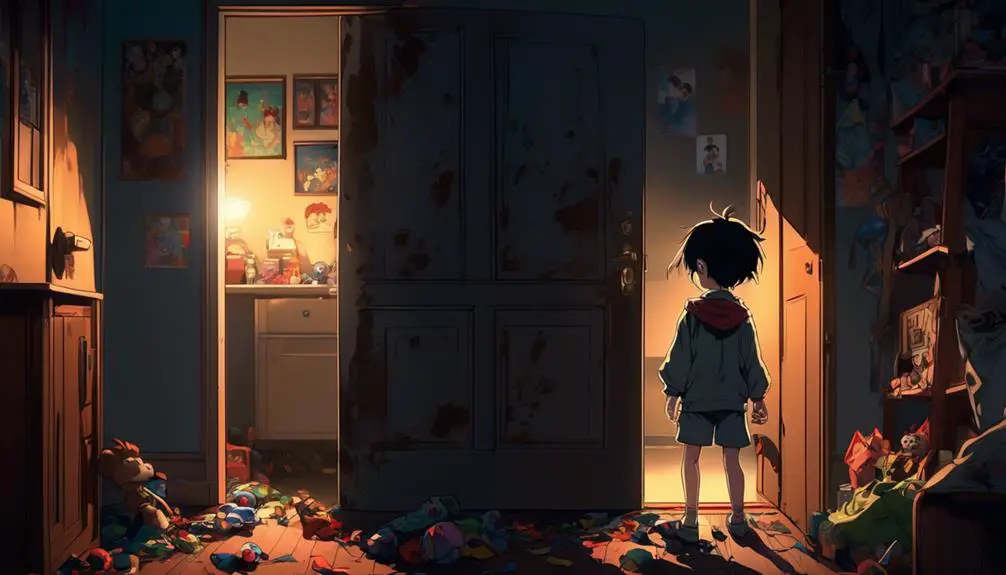
Delving deeper into the root causes and triggers of children's phobias, it's clear that they aren't born with these fears, but they often develop as a response to certain experiences or situations. Understanding these triggers can aid in identifying and managing phobias effectively.
Firstly, an encounter with a traumatic event can cause a phobia. For instance, a child who's been bitten by a dog may develop a phobia for dogs, known as cynophobia. This fear develops as a protective mechanism to avoid future harm.
One must also consider the role of genetic predisposition. Some children may be more susceptible to developing phobias due to their genetic makeup. This isn't to say that phobias are directly inherited like hair or eye color, but rather, a child may inherit a predisposition to anxiety disorders, which can manifest as phobias.
Modeling is another significant trigger. Children are keen observers and can learn to fear something by observing others, particularly their parents, siblings, or peers. If a parent has a phobia and the child perceives this fear, it's possible that the child will develop a similar fear.
Lastly, misinformation can also trigger phobias. A child misinformed about the dangers of spiders, for example, may develop arachnophobia.
Impact on Child's Development
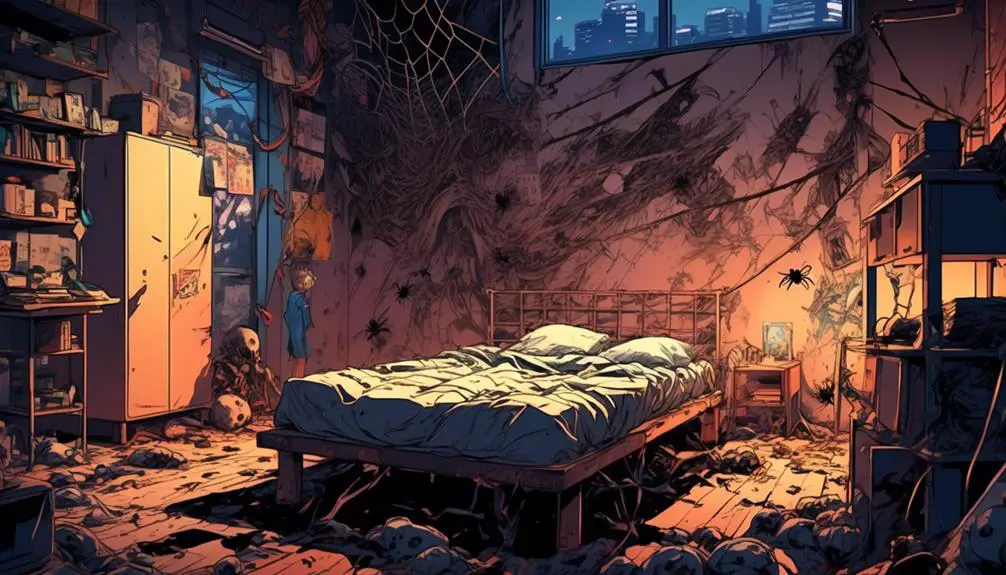
Understanding the triggers of phobias in children is crucial, but equally important is recognizing how these fears can significantly affect a child's development. You might've noticed your child's increased anxiety, but have you considered the wider impact of their phobia?
One aspect that's often overlooked is a phobia's effect on social skills. If your child suffers from a specific phobia, they might avoid certain social situations in fear of encountering the object or situation that triggers their anxiety. This avoidance can limit their exposure to diverse experiences, stunt their social growth, and possibly lead to isolation. They could miss out on crucial opportunities to learn and practice essential social skills, such as cooperation, negotiation, and conflict resolution.
In addition, the impact on academic performance can be profound. When a child is consumed by fear, it becomes challenging for them to concentrate, impacting their ability to learn and process new information. Their academic progress might slow down, and they could start lagging behind their peers. This, in turn, could lead to a drop in self-esteem and potentially spiral into a vicious cycle that further reinforces their phobia.
Phobias in children aren't just transient fears. They're significant issues that can have long-term effects on your child's social and academic development. It's essential to recognize these impacts early and seek professional help to manage and overcome these fears. Remember, understanding and empathy can go a long way in supporting your child through their fears.
Strategies for Managing Phobias

As a parent, it's crucial you're equipped with the right strategies to help your child manage and overcome their phobias. Understanding phobia interventions and the role of exposure therapy can give you the tools you need to support your child effectively.
Phobia interventions involve a combination of cognitive-behavioral techniques that help your child reframe their fearful thoughts. The strategy often includes teaching your child relaxation techniques, such as deep breathing, to help them calm down when they feel anxiety creeping in. However, it's essential these interventions are implemented sensitively, considering your child's age, temperament, and the severity of the phobia.
Exposure therapy, a vital component of phobia interventions, exposes your child gradually to the feared object or situation. It's a process that requires patience and understanding. You start with a mild exposure, perhaps through pictures or stories, and slowly progress to face-to-face encounters as your child's confidence grows. The goal isn't to force, but to empower your child to confront their fear at their own pace.
It's important you're patient and supportive throughout this process. Recognize your child's small victories and reassure them that it's okay to be afraid, but they're stronger than their fear. Encourage them to express their feelings and be there to listen. Remember, overcoming a phobia isn't a race. It's a journey that you and your child are undertaking together, and with the right strategies, it's a journey you can successfully navigate.
In the end, the key to managing phobias in children lies in understanding, patience, and the right intervention strategies.
Conclusion
Understanding your child's phobia is the first step toward managing it. Common childhood phobias can stem from various triggers, impacting your little one's development.
But don't worry, there are strategies to help. By being analytical and detail-oriented, while also showing empathy, you can aid in easing your child's fears.
Remember, it's not just about extinguishing the phobia, but also fostering resilience and coping mechanisms.
With the right approach, your child can overcome their fears and thrive.
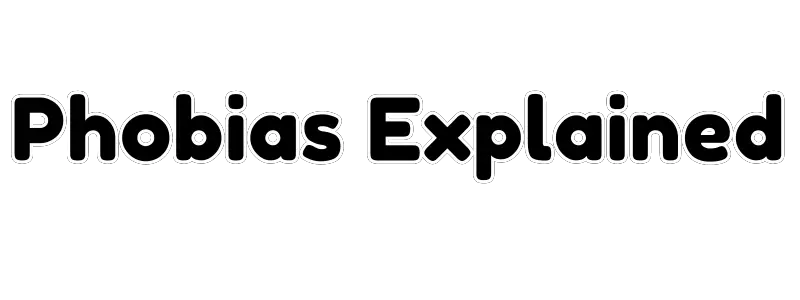

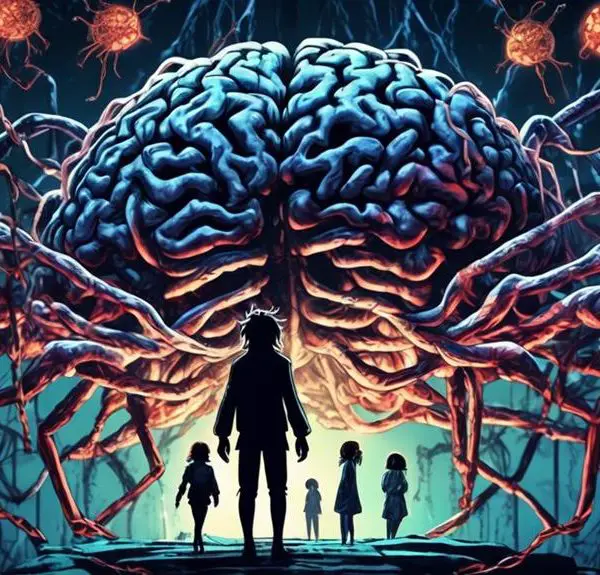
Sign up